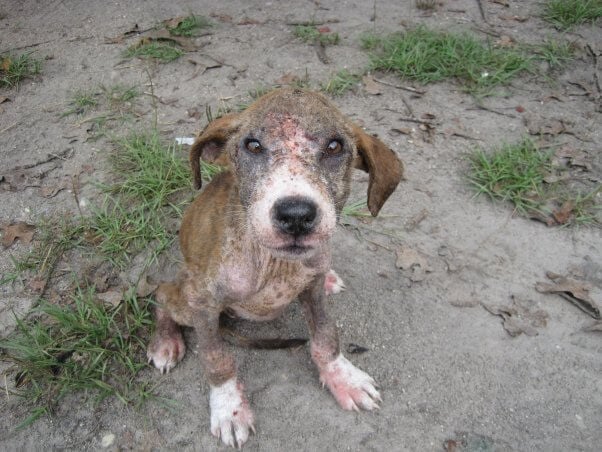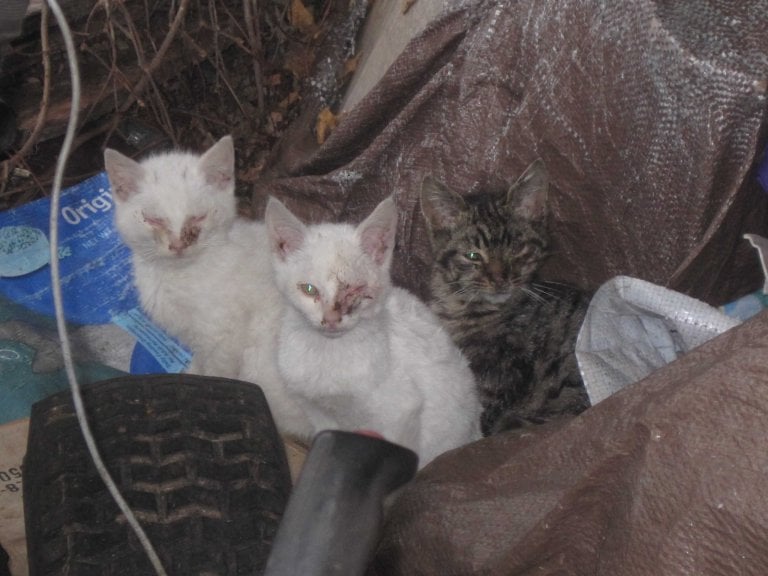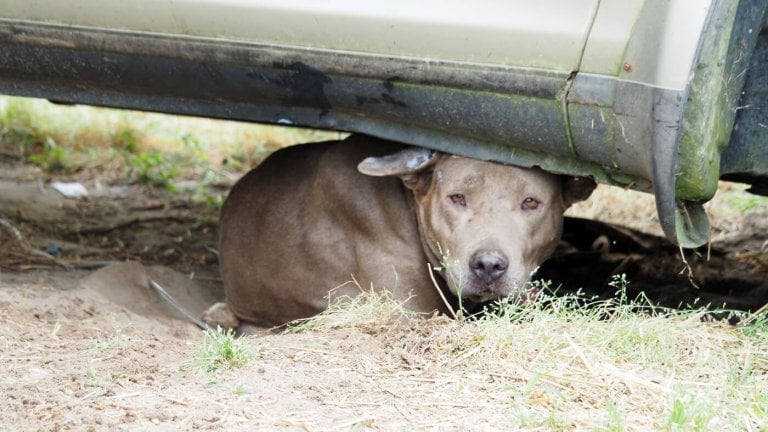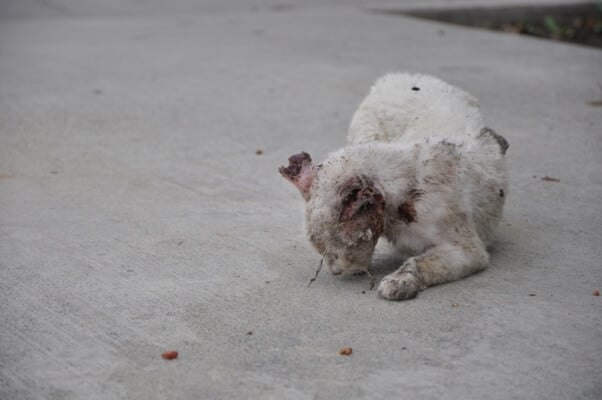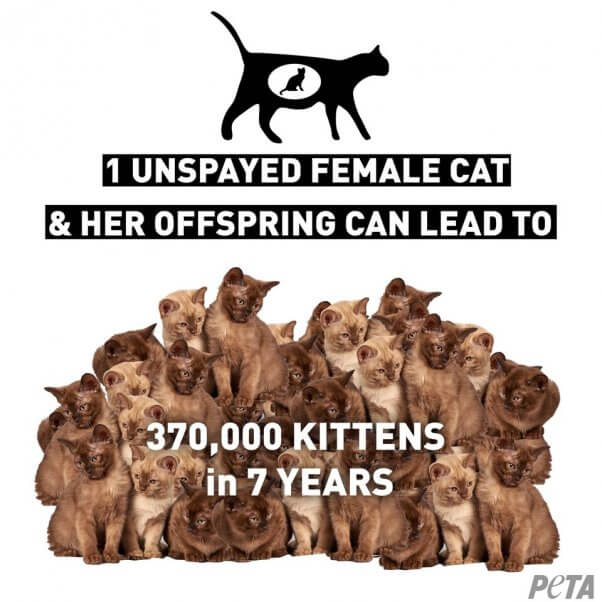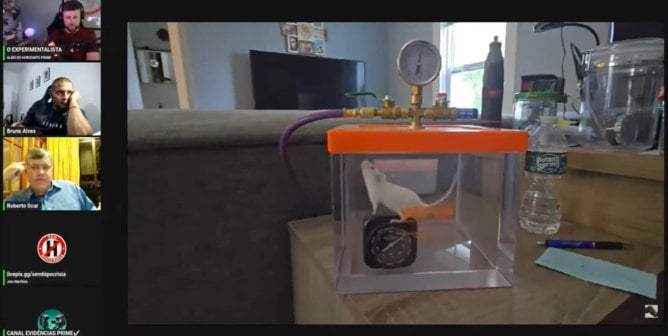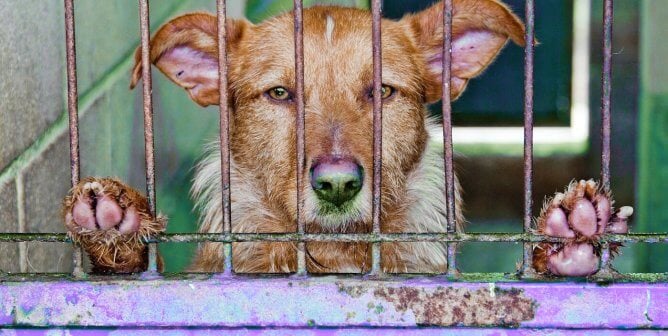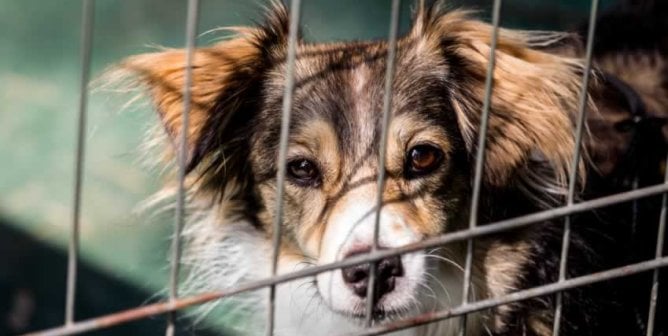Companion Animal Overpopulation
On any given day in the United States, there are an estimated 70 million homeless dogs and cats struggling to survive.
They are a result of people’s failure to spay and neuter their animal companions, allowing them to bring more animals into a world that already has more dogs and cats than there are loving homes for them. Some were abandoned, and many are the offspring of abandoned animals whose guardians moved and left them behind or dropped them by the side of the road when they could no longer care for them or just didn’t want them anymore.
Because a growing number of animal shelters have begun to turn many animals away, more and more are ending up on the streets, where they reproduce and create even more homeless animals. Dogs and cats are domesticated animals who depend on humans to meet their needs for food, water, veterinary care, shelter, and safety and cannot survive for long on their own.
What Happens to Homeless Animals?
Homeless dogs and cats on the streets get hit by cars, are vulnerable to attacks by other animals and cruel people, and contract, spread, suffer and die from contagious diseases. Simple infections left untreated can become deadly, and internal and external parasites literally eat them alive.
They freeze in the winter and suffer from heat exhaustion when temperatures soar in the summer. Puddles of water that they find to drink from can be frozen over in winter and are often polluted with motor oil, pesticides, and other dangerous substances. The lives of homeless dogs and cats are spent in fear and discomfort and then finally cut short.
Why It’s Vital That Animal Shelters Help the Animals Who Need Them the Most
Animal shelters take in more than 6 million animals every year, many because their guardians can’t afford euthanasia services at a veterinary hospital. Animal guardians also surrender animals who need veterinary care that they simply can’t afford, such as broken legs, cancerous tumors, raging infections, contagious diseases, and more. If these guardians instead kept their ill and injured animals and denied them the needed veterinary care, it would be not just terribly cruel and irresponsible but also illegal—laws in every state protect animals from wanton neglect.
Each year, only around 10% of the large homeless animal population is ever admitted to an animal shelter, where hopefully they can find safety and comfort, receive treatment for minor medical conditions, and be assessed for adoption into a new home. Of the millions of animals who enter shelters each year, about half must be euthanized for humane reasons or because no suitable homes exist for them.
The Solution to Animal Homelessness
The companion animal overpopulation crisis can be overwhelming, but the good news is that the suffering and deaths of homeless animals is 100% preventable through spaying and neutering. Despite recommendations and urgings from nonprofit groups, veterinarians, and public shelters and a growing number of free and low-cost spay/neuter clinics, many people still fail to provide their animal companions with this routine, lifesaving medical procedure.
Some communities are addressing the homeless-animal crisis by requiring everyone who chooses not to spay or neuter to pay a hefty breeder’s fee. Areas with such laws have reported a significant reduction in the number of animals found roaming.
Because many people won’t do the right thing unless the law requires them to, those who care must lobby for local laws that will require animal guardians to prevent the births of more dogs and cats when so many are literally dying for homes. Find out how here.
Share this page to educate others about the animal homelessness crisis and urge them to spay and neuter their animal companions.

